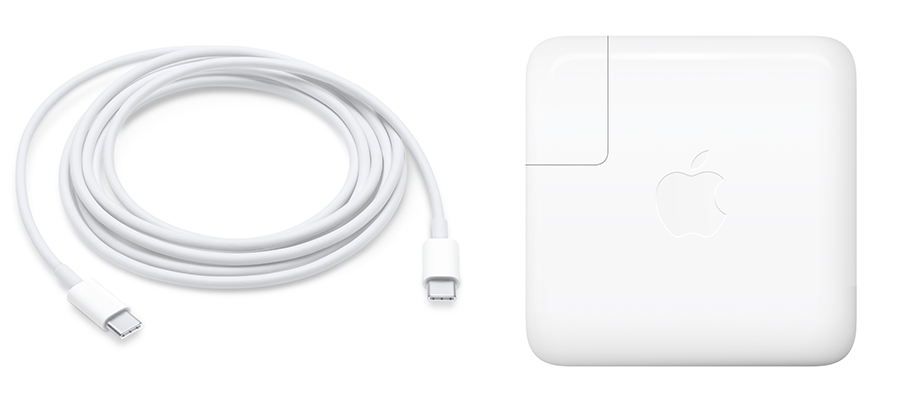

The company loves to talk about how iPhones are better for the planet because you don’t have to replace them as often, yet it incentivizes frequent replacement with an annual upgrade program. The botched elimination of power adapters isn’t the only way Apple’s eco-friendly messaging falls short of its actions. After all, it still ships USB-A to Lightning cables with Apple Watches and regular AirPods, so customers will be juggling multiple power adapters for the foreseeable future. And while some customers might have protested, they may also have appreciated having a true universal charging standard for Apple and non-Apple devices alike.Īs it stands, Apple seems no closer to unifying its own cable mess.
#Charge phone with macbook usb c charger pro#
This would presumably require some bigger design changes for the iPhone, but it seems doable given that Apple’s iPad Pro tablets have used USB-C since 2018. Of course, Apple could have also done things the hard way and eliminated Lightning from the iPhone altogether, using USB-C for charging and accessories instead. Such a move would dispel any notion that ditching the adapter was more about profit margins than the environment-plus it’d be a chance to educate users about e-waste. Customers could still choose to get a new adapter with their iPhones-in a separate box, if necessary-but those who don’t would get some credit toward future Apple Store purchases. Instead, Apple took the opportunity to finally incorporate USB-C charging-for which people have been calling for several years now-and instead made the wrong decision, resulting in a tangled mess.Īnother idea, first offered by Dieter Bohn of The Verge, would involve incentivizing customers to forgo the power adapter on their own. Apple could have approached this situation in lots of ways that wouldn’t have angered customers and sent them hunting for third-party chargers, which will have their own environmental impact. Lisa Jackson But if bettering the environment is the ultimate goal, Apple botched the execution. Lisa Jackson, Apple’s vice president of environment, policy, and social initiatives, said Apple can fit 70% more iPhones on a shipping palette with the smaller box, and that the iPhone’s overall environmental improvements will reduce yearly carbon emissions by 2 million metric tons-the equivalent of keeping 450,000 cars off the road every year. That means buyers will either have to keep using their old chargers or go looking for a compatible USB-C adapter.Īpple, in an announcement video on Tuesday, pitched the move as a boon for the environment.

For the first time, Apple is shipping its new iPhones without a power adapter, and the included USB-C to Lightning cable won’t be compatible with the USB-A power adapters that Apple has shipped with almost every iPhone since 2007.


 0 kommentar(er)
0 kommentar(er)
